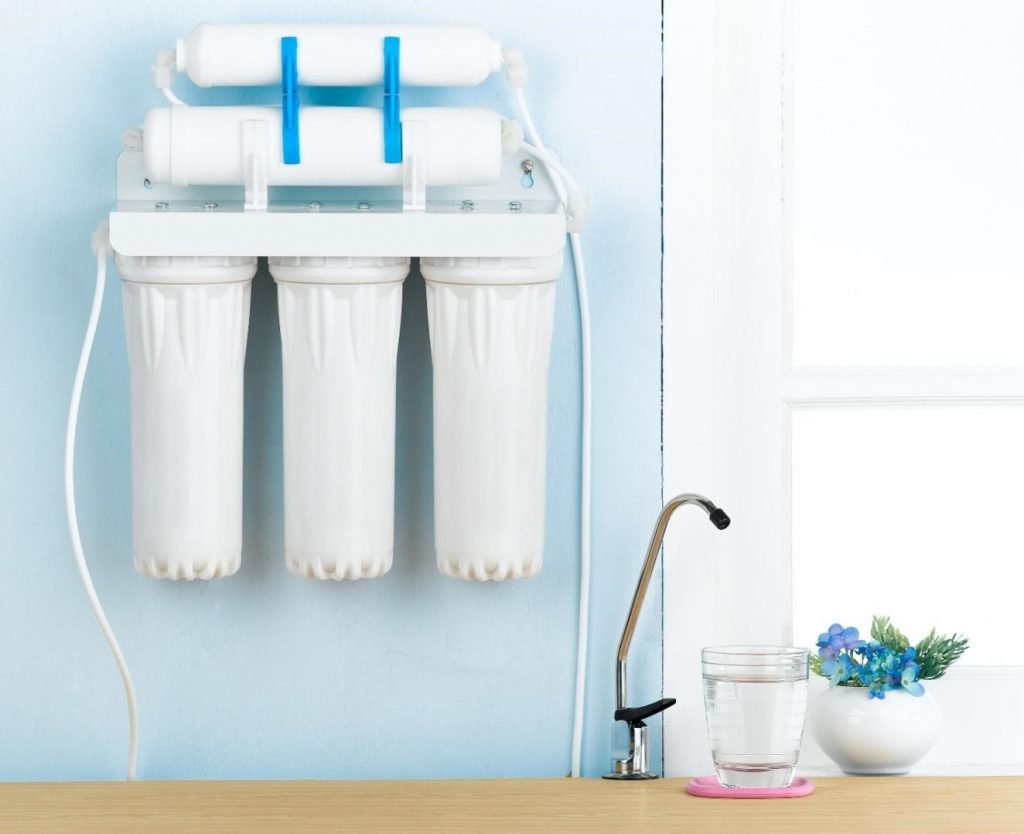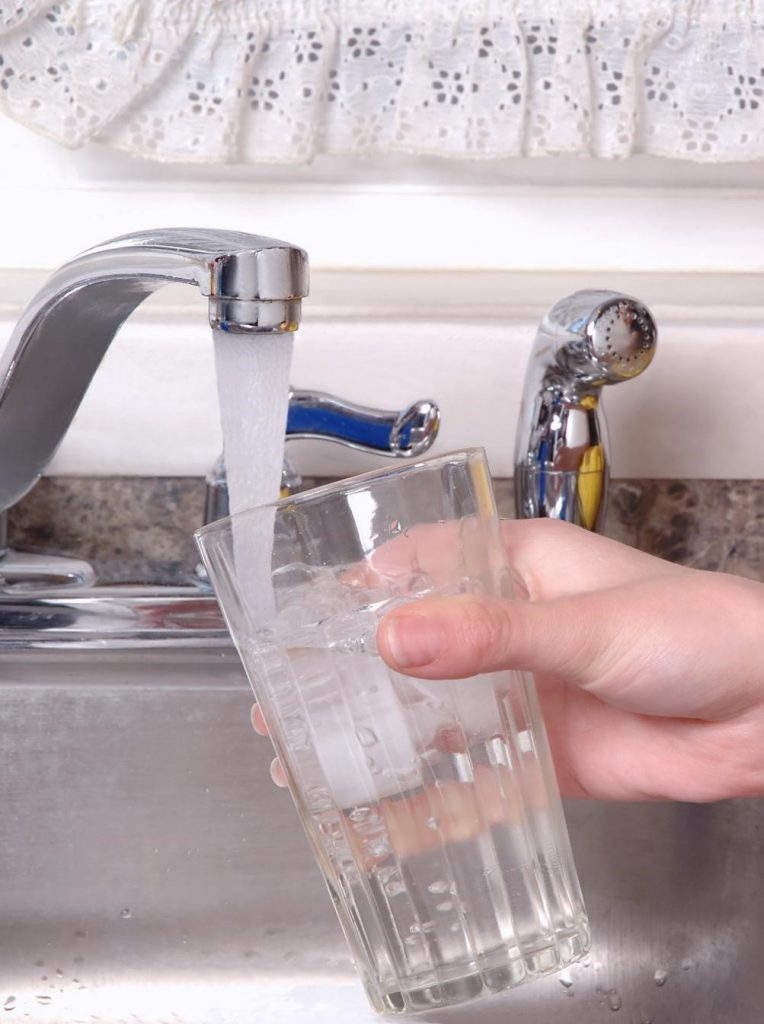Methods of Residential Water Filtration
You are not guaranteed high water quality in your residential premises. As such, you will need an additional procedure to enhance the quality of your water. There are different methods of water purification categorized into chemical, physical and biological water treatments.
Physical water treatment is the most common and cost-efficient alternative for residential properties. It includes filtration, the use of best water softeners and distillation. Most people might be faced with frequent water softener repair in Ogden but feel they do not have any other options for their water treatment.
Filtration can, however, suffice if your softener is too expensive to maintain or frequently breaks down. The following are the common filtration techniques which suffice for residential water treatment.
Greensand Filtration
In this filtration technique, a mineral known as glauconite or greensand is used for filtration. Greensand is an efficient filtration medium used for the removal of hydrogen sulfide, manganese and dissolved iron from water.
It has a manganese oxide coating that will cause the dissolution of manganese, hydrogen sulfide gas and, iron oxide particles. When used in industrial applications, oxygen is added before the filtration process to precipitate the dissolved elements and cause their embedding in the greensand filter.
Multimedia Filtration
This is a modern technique in which three layers will be used as the filtration media. The layers used include garnet, sand, and anthracite. The arrangement of the filters in multimedia filtration allows for the trapping of large particulates at the filter’s top and small particulates in the deeper layers.
Multimedia filtration is used for the purification of water which contains clay, silt, rust, algae, and organic matter. With this method of filtration, you can remove small protozoa, bacteria and viruses, and particles measuring 10–25 microns.
Microfiltration
This technique of filtration uses a barrier membrane for the removal of small suspended solid particles from your water. Microfiltration membranes will remove contaminant particles measuring 0.1–10 microns. They are used to remove suspended solids, protozoa and algae but will not remove viruses and bacteria and dissolved particles.
Ultrafiltration
This process uses pressure for the separation of solids from your water through barrier membranes. In ultrafiltration, you can remove suspended solids, viruses and bacteria ranging from 0.005–0.01 microns but not dissolved solids. In some cases, the technique is used as a pre-treatment for reverse osmosis.
Nanofiltration
This resembles ultrafiltration but uses a smaller membrane compared to that in the latter. As such, it can remove dissolved solids and viruses, bacteria and multi and divalent ions.
Since nanofiltration can remove divalent ions such as magnesium and calcium, it is at times called a softening membrane and will suffice for areas with hard water.
The above methods of physical water treatment are virtually maintenance free. You will, however, need a periodic evaluation to guarantee that the home filtration service is still effective for your water.
Before buying and installing any of the above best water filters, get an expert to assess your water and recommend which one best suits its purification. In a few cases, they might recommend the combined use of chemical, biological and physical methods of water treatment to guarantee clean and safe water for your household use.





